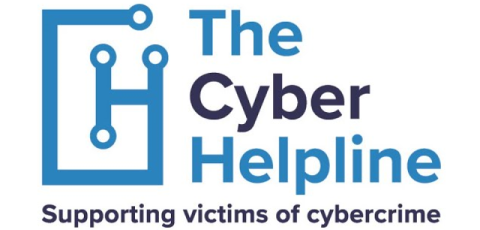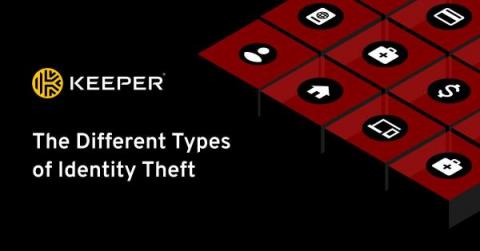Security | Threat Detection | Cyberattacks | DevSecOps | Compliance
Identity Theft
Can Someone Steal Your Identity With Your ID?
Do we need ITDR?
From Viruses to Identity Theft: The Most Pressing Cybersecurity Concerns for College Students
Identity Theft: Protecting Yourself from Financial Fraud
How to Avoid and Prevent Identity Theft
Identity theft is like a thief in the night; it can happen to anyone, anywhere, at any time. It is a real threat to everyone. We live in a time where so much personal information is stored online, which allows cybercriminals to steal it and use it for their gain. A Federal Trade Commission report shows that over 1 million people fell victim to identity theft in 2022. The most common types of identity theft are credit card fraud, bank fraud, and loan or lease fraud.
Falling Victim to Identity Theft
Identity theft is the unauthorised use of someone else's personal information for financial gain, often leaving victims with significant financial and emotional consequences. In the UK, identity theft is a prevalent issue, with an estimated 85,000 cases reported in 2019 alone. The impact of identity theft can be devastating, leading to financial loss, damaged credit scores, and emotional distress for the victims.
Types of Identity Theft
Identity theft is a crime that is unfortunately common and is devastating for the victim. Serious cases can require enormous amounts of time and money to recover. The three primary categories of identity theft include online identity theft, financial identity theft and medical identity theft.
The Role of Compliance in Mitigating Identity Theft Risks
In the digital age, identity theft poses a pervasive threat that organizations, regardless of their size or sector, must relentlessly combat. This insidious form of cybercrime involves the malicious exploitation of sensitive and confidential data, carrying grave implications for any organization. The consequences of a single breach can encompass financial losses, irreparable damage to reputation, and the imposition of regulatory penalties.











